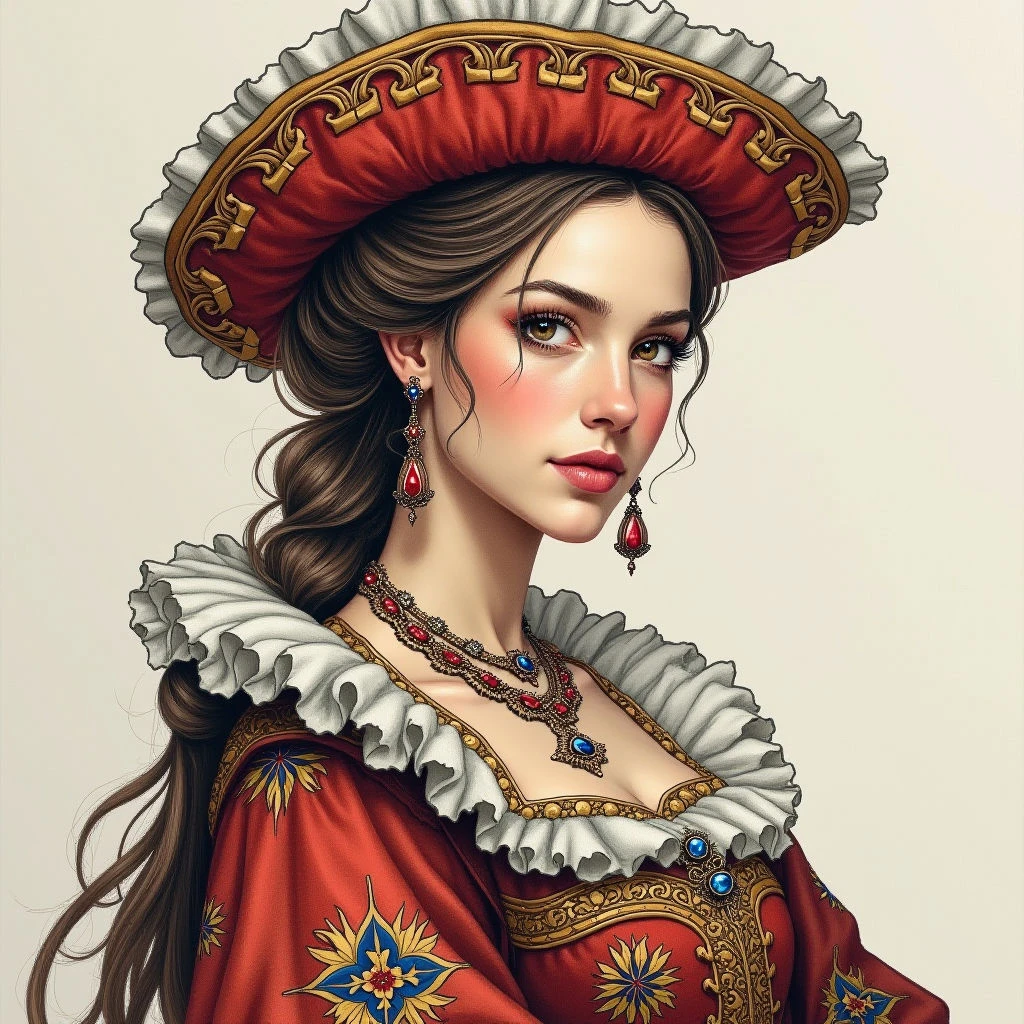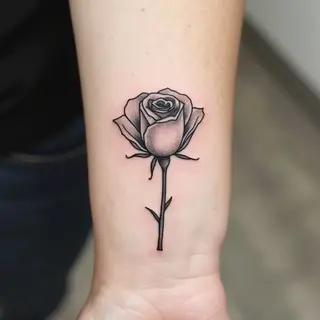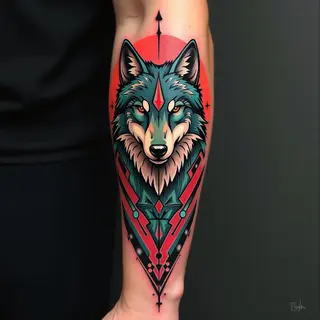Neo-Traditional Tattooing: A Modern Take on Classic Designs
History & Evolution
Emerging in the late 20th century, neo-traditional artists sought to elevate the traditional style while maintaining its core principles of strong lines and impactful imagery. They expanded the subject matter beyond classic motifs like anchors and roses, embracing animals, portraits, and fantastical scenes.
Key Characteristics
- Bold Outlines: Like traditional tattoos, neo-traditional designs feature prominent black outlines that define shapes and create visual separation.
- Rich Color Palettes: Unlike the limited color schemes of traditional tattooing, neo-traditional artists utilize a wider range of hues to add depth and vibrancy.
- Intricate Details: Neo-traditional designs often incorporate intricate details like shading, highlights, and textures that enhance realism and visual interest.
- Expanded Subject Matter: While drawing inspiration from classic motifs, neo-traditional tattoos explore a broader range of subjects, including portraits, animals, landscapes, and abstract patterns.
Popular Designs & Meanings
Floral Tattoos
Neo-traditional floral designs are often larger and more elaborate than their traditional counterparts, with vibrant colors and intricate details.
Animal Portraits
Realistic animal portraits are a popular choice for neo-traditional tattoos, capturing the unique personality of each creature.
Portrait Tattoos
Neo-traditional portraiture blends realism with stylized elements to create striking and memorable tributes to loved ones or influential figures.
Placement Considerations
Neo-traditional designs often require larger canvases to showcase their intricate details. Popular placement areas include the arm, leg, back, and chest.


